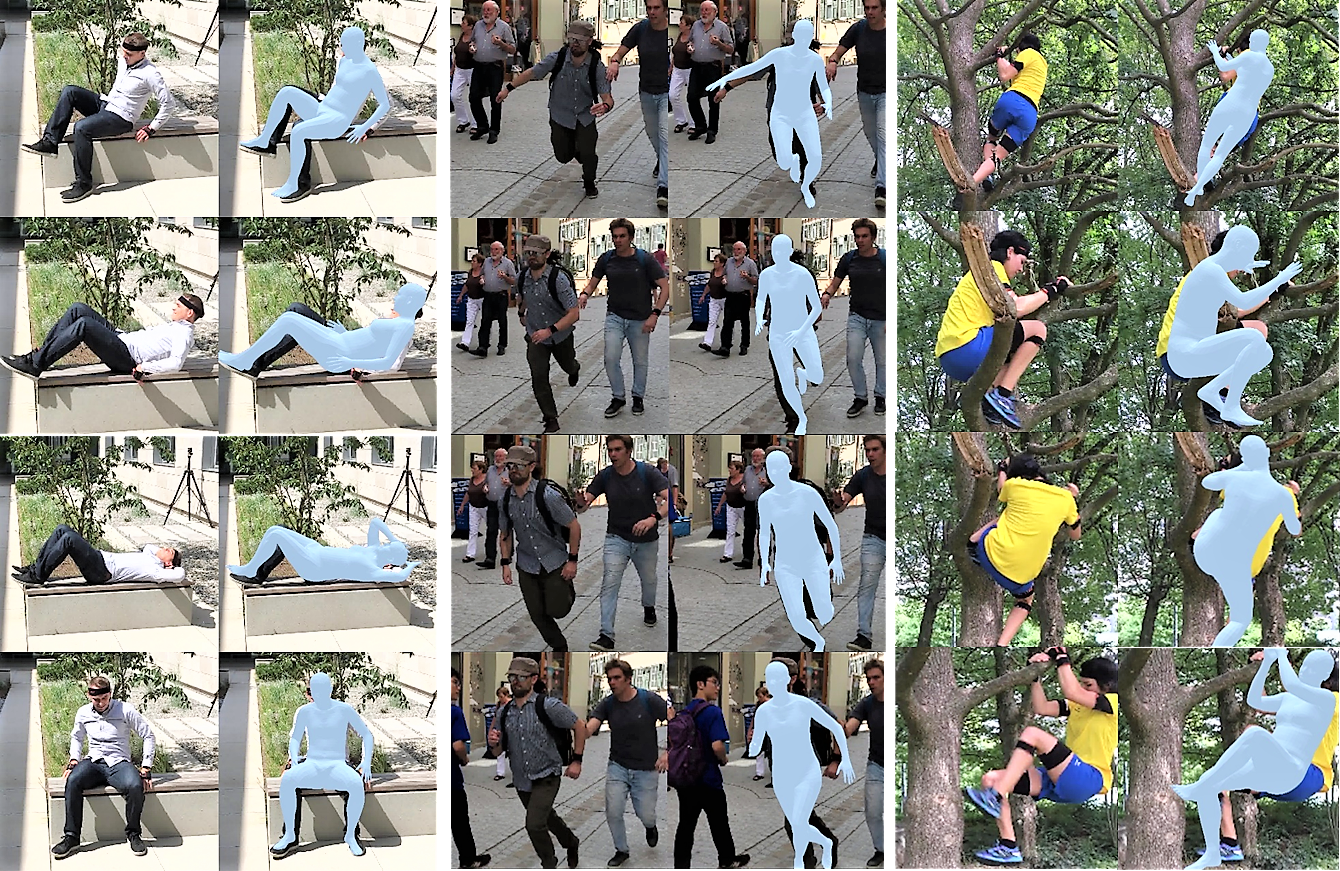Human Mesh Recovery from Monocular Images via a Skeleton-disentangled Representation
We describe an end-to-end method for recovering 3D human body mesh from single images and monocular videos. Different from the existing methods try to obtain all the complex 3D pose, shape, and camera parameters from one coupling feature, we propose a skeleton-disentangling based framework, which divides this task into multi-level spatial and temporal granularity in a decoupling manner. In spatial, we propose an effective and pluggable "disentangling the skeleton from the details" (DSD) module. It reduces the complexity and decouples the skeleton, which lays a good foundation for temporal modeling. In temporal, the self-attention based temporal convolution network is proposed to efficiently exploit the short and long-term temporal cues. Furthermore, an unsupervised adversarial training strategy, temporal shuffles and order recovery, is designed to promote the learning of motion dynamics. The proposed method outperforms the state-of-the-art 3D human mesh recovery methods by 15.4% MPJPE and 23.8% PA-MPJPE on Human3.6M. State-of-the-art results are also achieved on the 3D pose in the wild (3DPW) dataset without any fine-tuning. Especially, ablation studies demonstrate that skeleton-disentangled representation is crucial for better temporal modeling and generalization.
PDF Abstract ICCV 2019 PDF ICCV 2019 AbstractCode
Results from the Paper
 Ranked #111 on
3D Human Pose Estimation
on 3DPW
(PA-MPJPE metric, using extra
training data)
Ranked #111 on
3D Human Pose Estimation
on 3DPW
(PA-MPJPE metric, using extra
training data)







 Human3.6M
Human3.6M
 MPII
MPII
 3DPW
3DPW
 LSP
LSP